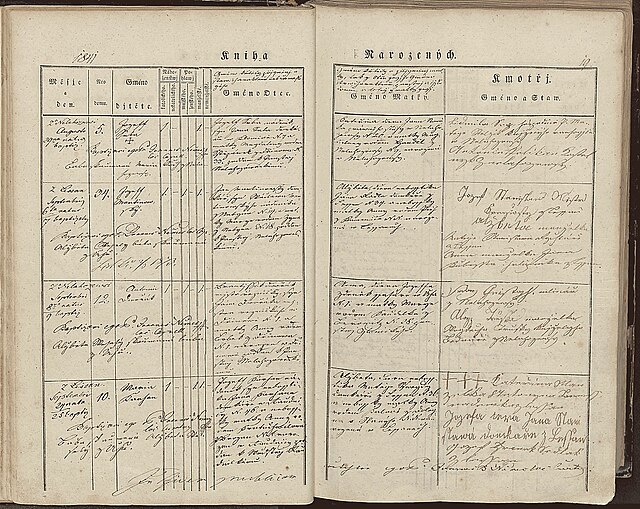Antonín Dvořák's Symphony No. 7 in D minor, Op. 70, B. 141, was completed on 17 March 1885 and first performed on 22 April 1885 at St James's Hall in London. It was originally published as Symphony No. 2. It is highly regarded by critics and musicologists; Donald Tovey stated that "along with the four Brahms symphonies and Schubert's Ninth, it is among the greatest and purest examples in this art-form since Beethoven".
Title page of the score, with a portrait of Hans von Bülow
Image: Orchesterwerke Romantik Themen
Image: Orchesterwerke Romantik Themen
Image: Orchesterwerke Romantik Themen
Antonín Leopold Dvořák was a Czech composer. Dvořák frequently employed rhythms and other aspects of the folk music of Moravia and his native Bohemia, following the Romantic-era nationalist example of his predecessor Bedřich Smetana. Dvořák's style has been described as "the fullest recreation of a national idiom with that of the symphonic tradition, absorbing folk influences and finding effective ways of using them," and Dvořák has been described as "arguably the most versatile... composer of his time".
Dvořák in 1882
Dvořák's birthplace in Nelahozeves
Antonín Dvořák birth record 1841 (SOA Prague)
Dvořák aged 26 or 27 (1868)






